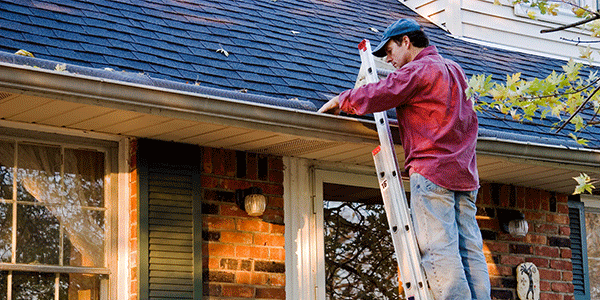News
Outdoor Spring Maintenance Tips

Spring maintenance is easy with these simple tips on maintaining gutters and downspouts and preventing drainage issues around your home's foundation.
Gutters and Downspouts
It is really important to make sure gutters and downspouts remain bonded to the home. Every spring it is necessary to check for loose downspouts and sagging gutters.
Tighten any loose gutter straps and, if spout extensions have been added to help keep water away from the house, make sure to reconnect any that have come loose.
It is critical to keep gutters and downspouts clear and free flowing.
Consider adding a few helpful accessories to your gutters like screens to cover the spouts or gutter cap systems that go a long way to keep gutters and downspouts free flowing.
Re-Grade Around Foundation
Note: If water pools against the home's foundation it's only a matter of time before it finds its way into the house.
In order to create positive drainage, it is important to remove any mulch or debris from the surface before moving the soil. The mulch can be reused on the new spot but it's important not to mix it with the soil. A mixture of soil, mulch and debris can actually make drainage problems worse.
A small area should only need a vertical drop of about half an inch per foot. Once enough of the soil has been moved tamp it down well to make sure it stays in place. Then add back the covering mulch.
Test Sump Pump
Once the outside water is under control, it is time to bring in a sump pump. A sump pump captures ground water in a pit, or a sump, and pumps it out and away from the house.
With a two plug system the float on the pump controls the front plug. The float has to be up for power to flow. The back plug is a direct feed to the pump. To test the pump, take the plugs apart, take the back plug, plug it in and watch the pump run, or with the plugs plugged in, lift the float to simulate a full pit. The pump should start pumping out water.

